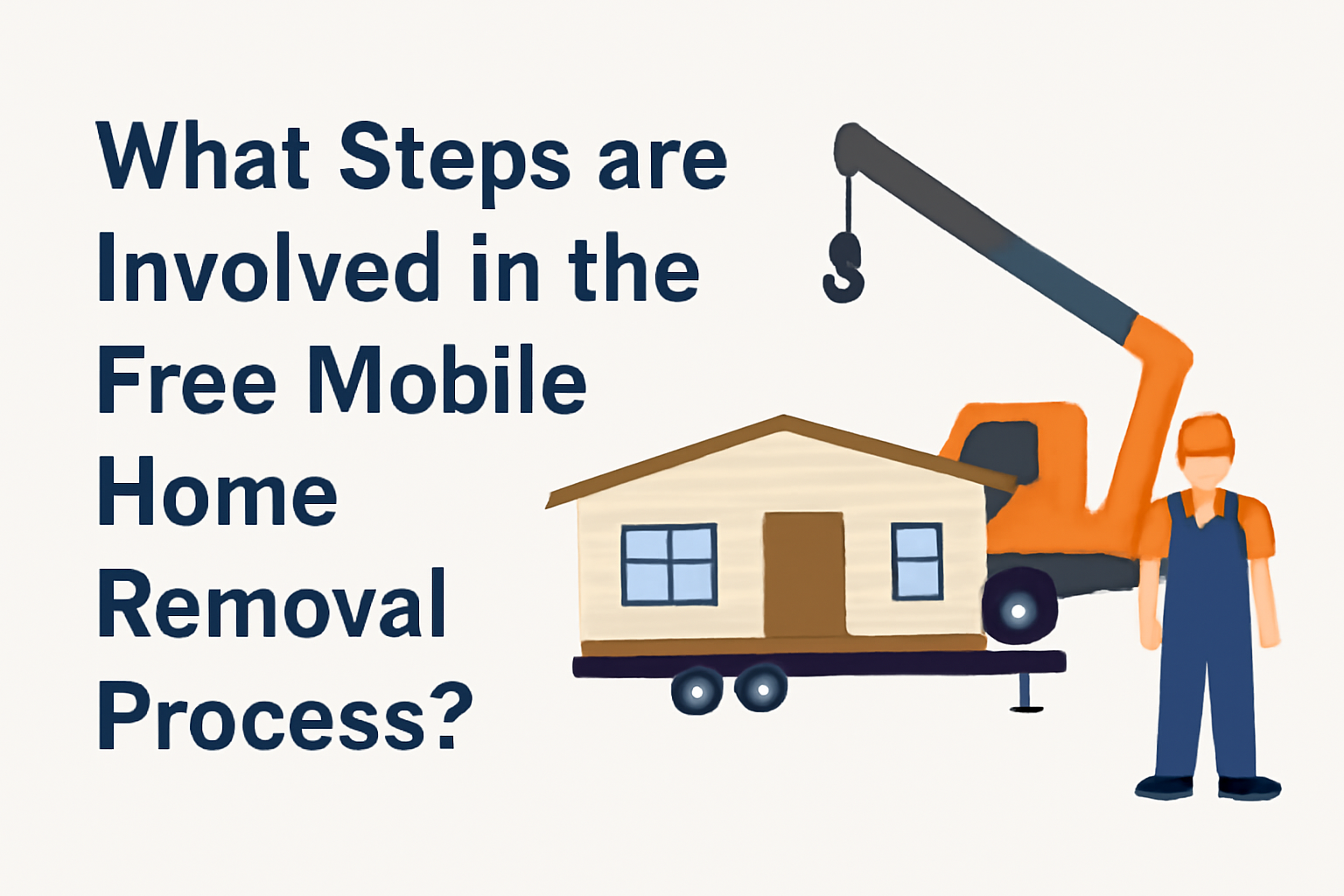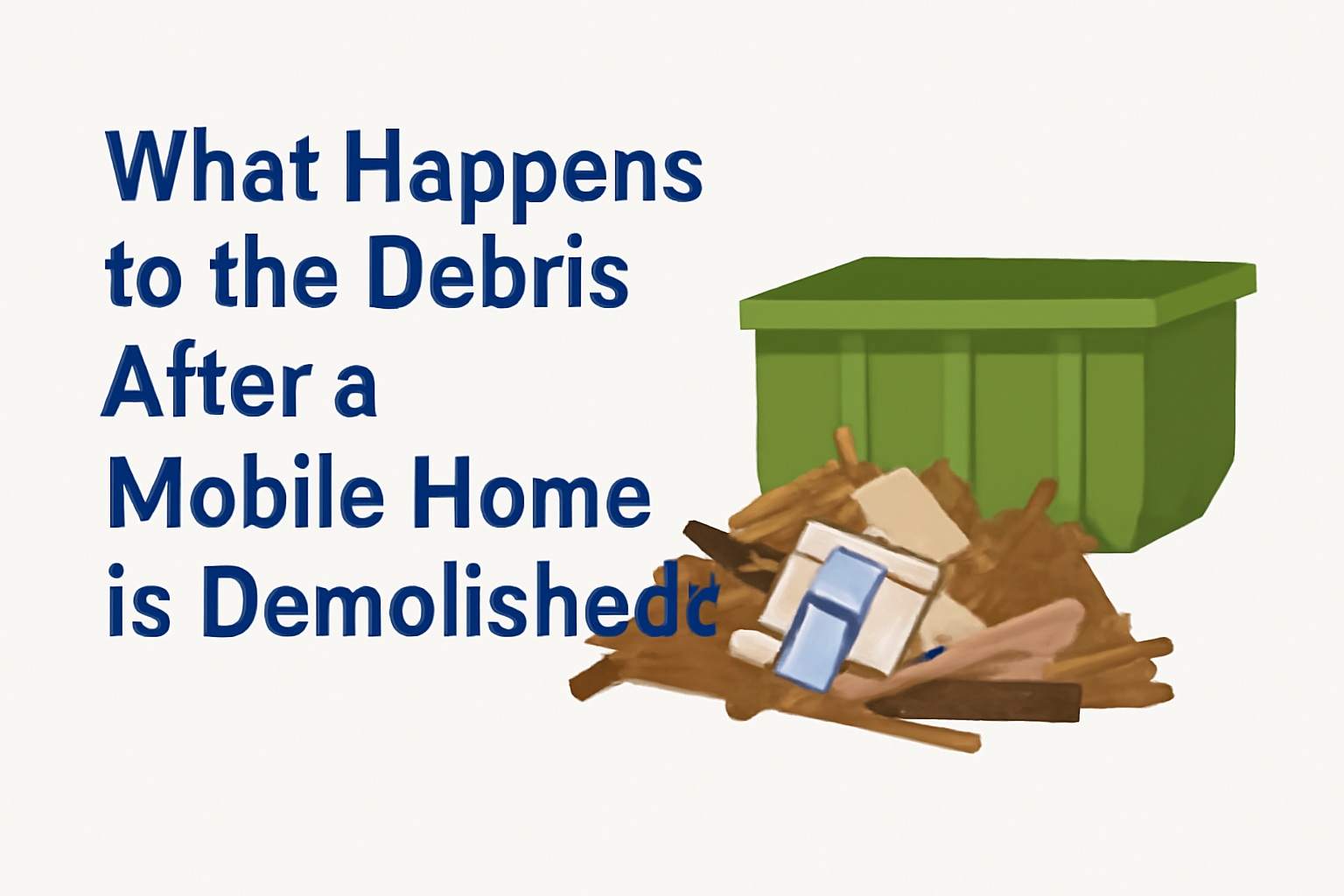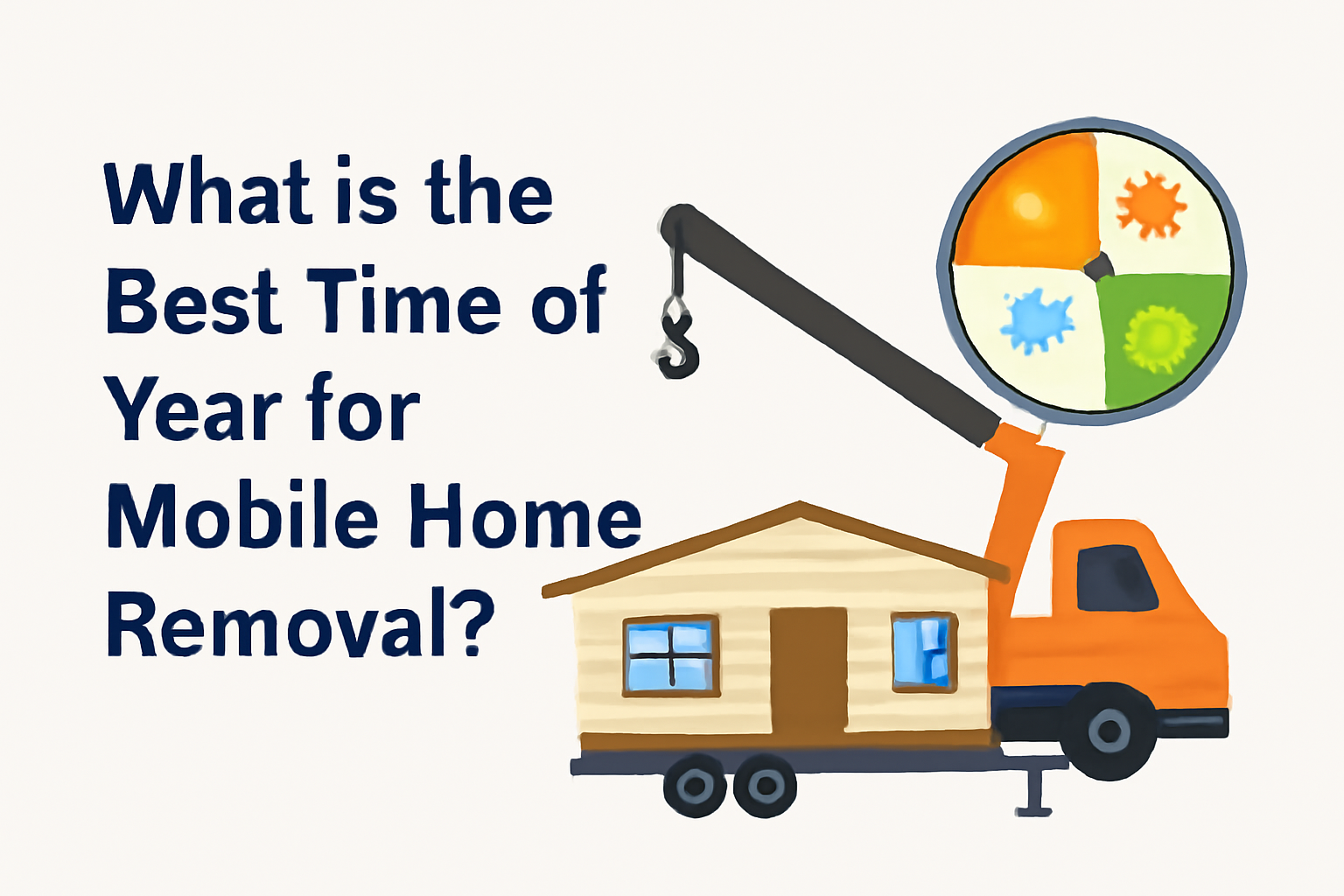Portable residences (mobile homes) are versatile and reasonably priced housing choices. However, several variables can impact the overall mobile home lifespan. Texas Mobile Home Removal explains what affects the lifespan of mobile homes and how you can increase it.
Average Lifespan of Mobile Homes
A well-maintained mobile home can last for five decades. Under ideal circumstances and with great care, it can live even longer.
According to The US Department of Housing and Urban Development (HUD), modular residences constructed based on rules can last as long as conventional site-built residences.
What Affects the Lifespan of Mobile Homes?
The following factors impact a mobile home lifespan:
Quality of Construction and Materials
The construction of a moveable home determines its longevity. Long-lasting homes are more likely to be constructed using premium materials and according to HUD regulations.
Galvanized steel frames and sturdy cladding are standard features of contemporary mobile houses, which improve their structural strength.
Type of Foundation
Mobile home lifespan depends on its foundation. Homes built on permanent foundations are often longer than those built on temporary supports. A solid foundation lowers the chance of structural damage and stops movement.
Climate and Environmental Conditions
Environmental conditions greatly impact the longevity of moveable houses. Temperature variations can cause materials to expand and contract. Moisture can create mold development and structural problems.
Click here for free mobile home removal services.
Regular Maintenance
Regular maintenance is essential to increase a mobile home’s longevity. Important maintenance duties include:
Roof Inspection
Look for leaks, missing shingles, and cracks in the sealant at least once or twice a year.
Gutter Cleaning
Clear all trash and debris to stop water damage.
Foundation Checks
Ensure the house stays leveled and look for moisture penetration or sinking indications.
Skirting Maintenance
Maintain the skirting in place to keep moisture and pests out of the underneath while ensuring enough ventilation.
Window and Door Seals
To preserve energy efficiency and stop drafts, check and reapply caulking.
Electrical and Plumbing Systems
Older electrical and plumbing systems can decrease a portable home’s lifespan and pose serious dangers. For instance, polybutylene pipes are prone to breakdown. They may be found in residences constructed before 1996. Using more contemporary materials, such as PEX plumbing, improves safety and longevity.
Ways to Increase Lifespan of Mobile House
You can add more life to the longevity of your portable residence with:
Frequent Inspections
Conduct expert inspections once a year to spot any problems early and take appropriate action.
Weatherproofing
To guard against environmental damage, invest in weatherstripping, storm windows, and insulation.
Regular Cleaning
Keep places that receive a lot of moisture clean to stop the formation of mold and mildew.
Upgrade Components
To increase longevity, consider replacing deteriorating siding, roofing, and insulation.
Minimize Relocation
Relocating frequently might cause stress on the building and shorten its lifespan.
The Bottom Line
A mobile home lifespan is affected by environmental factors, maintenance procedures, foundation type, and building quality. By making routine maintenance investments and responding quickly to problems, you can guarantee that your portable homes stay secure and pleasant to live in for many years.Contact Texas Mobile Home Removal for further assistance!


